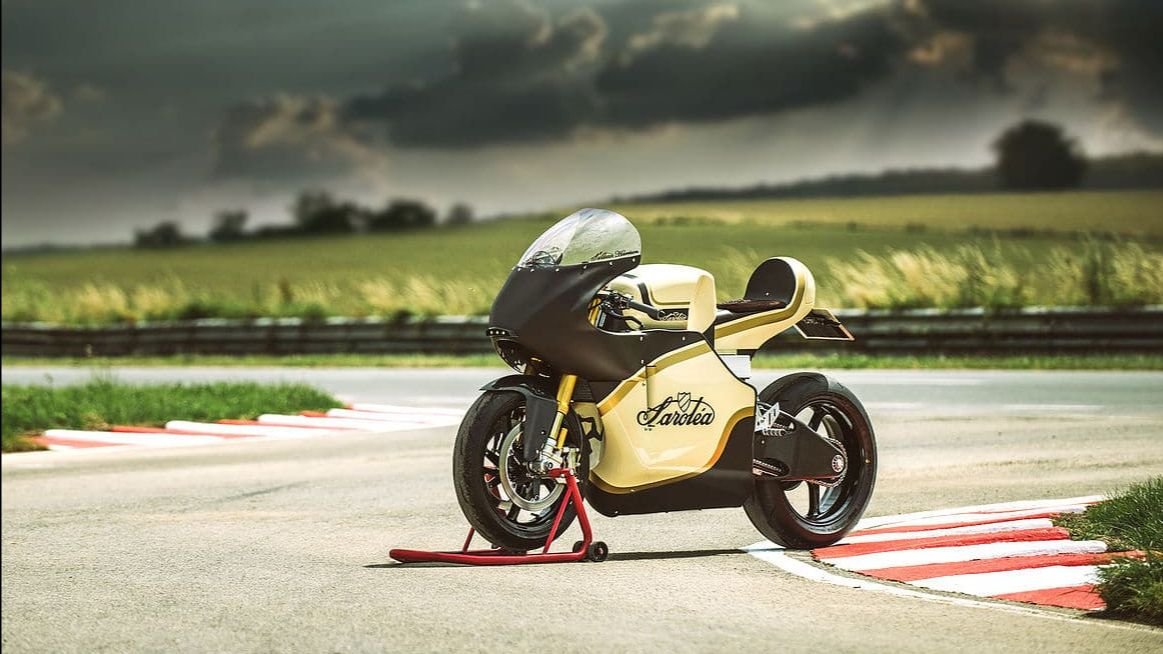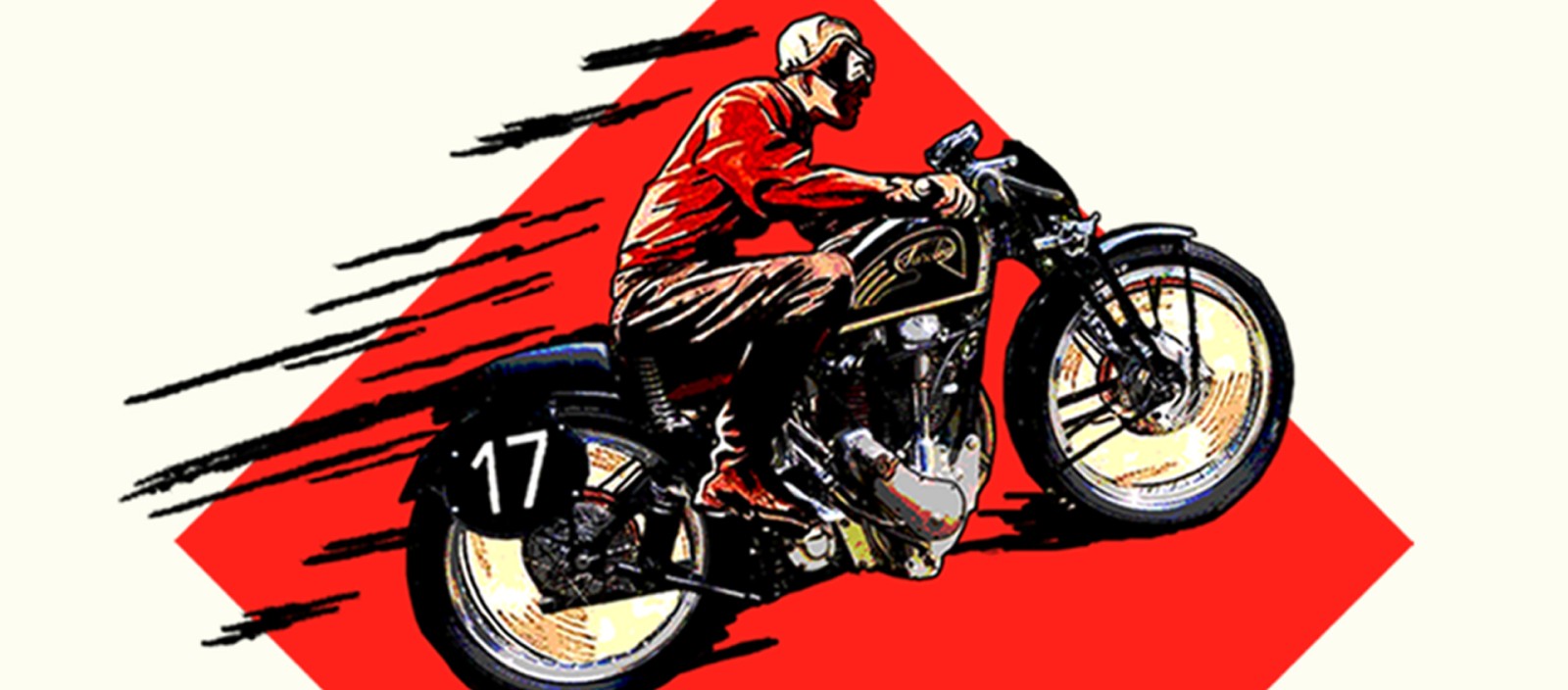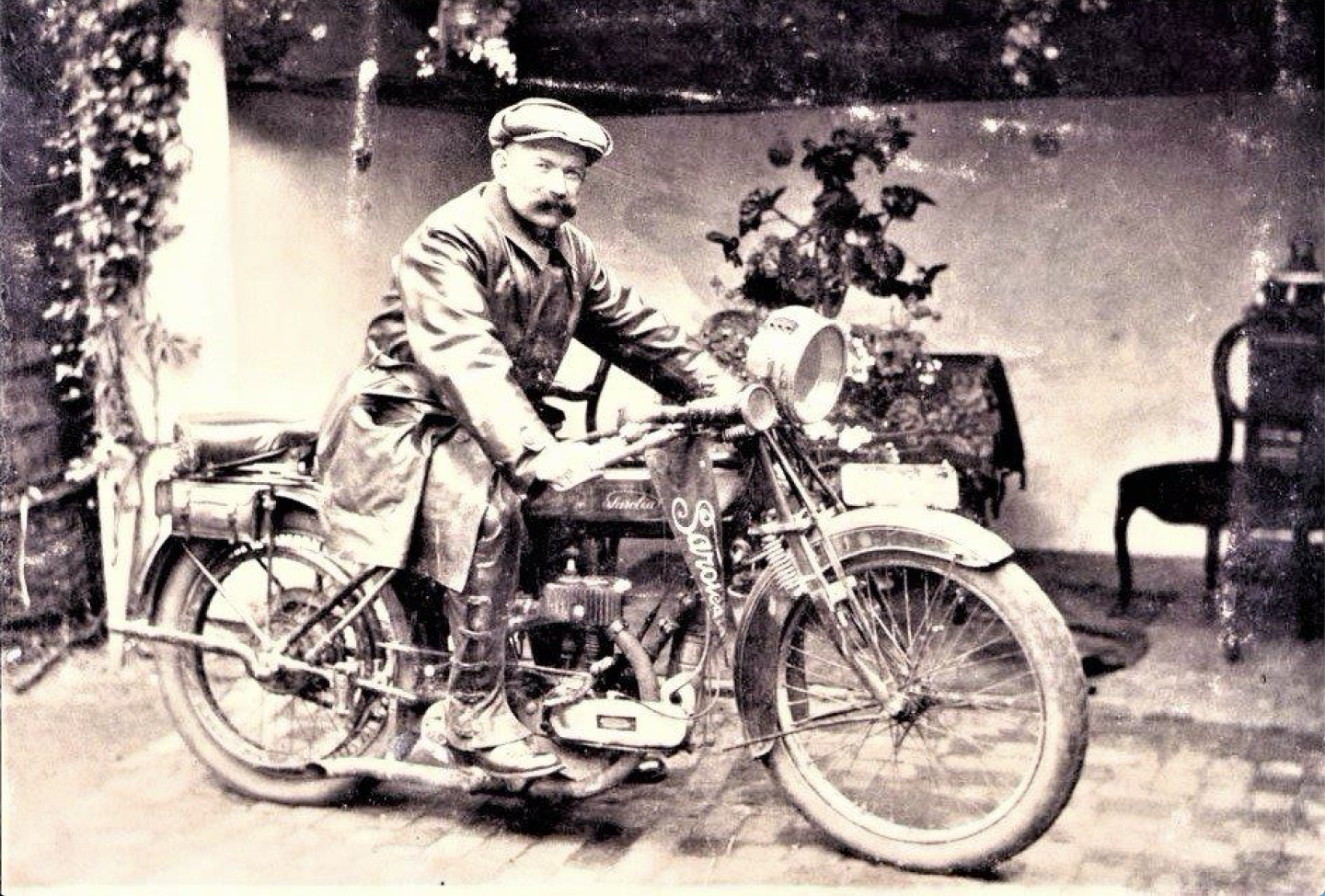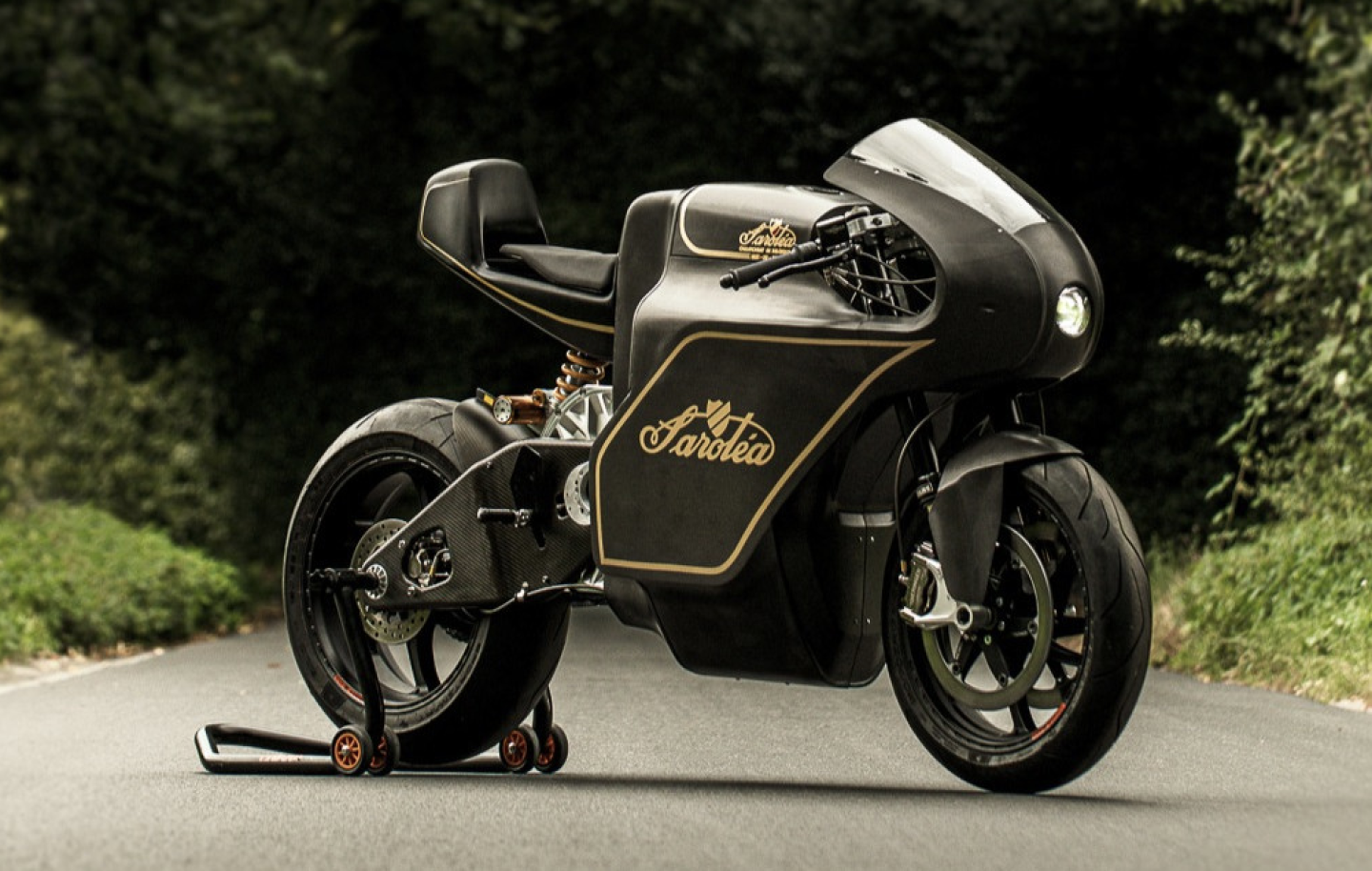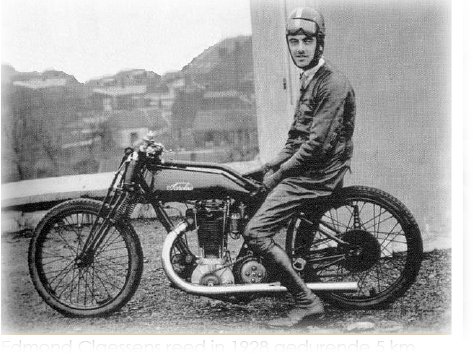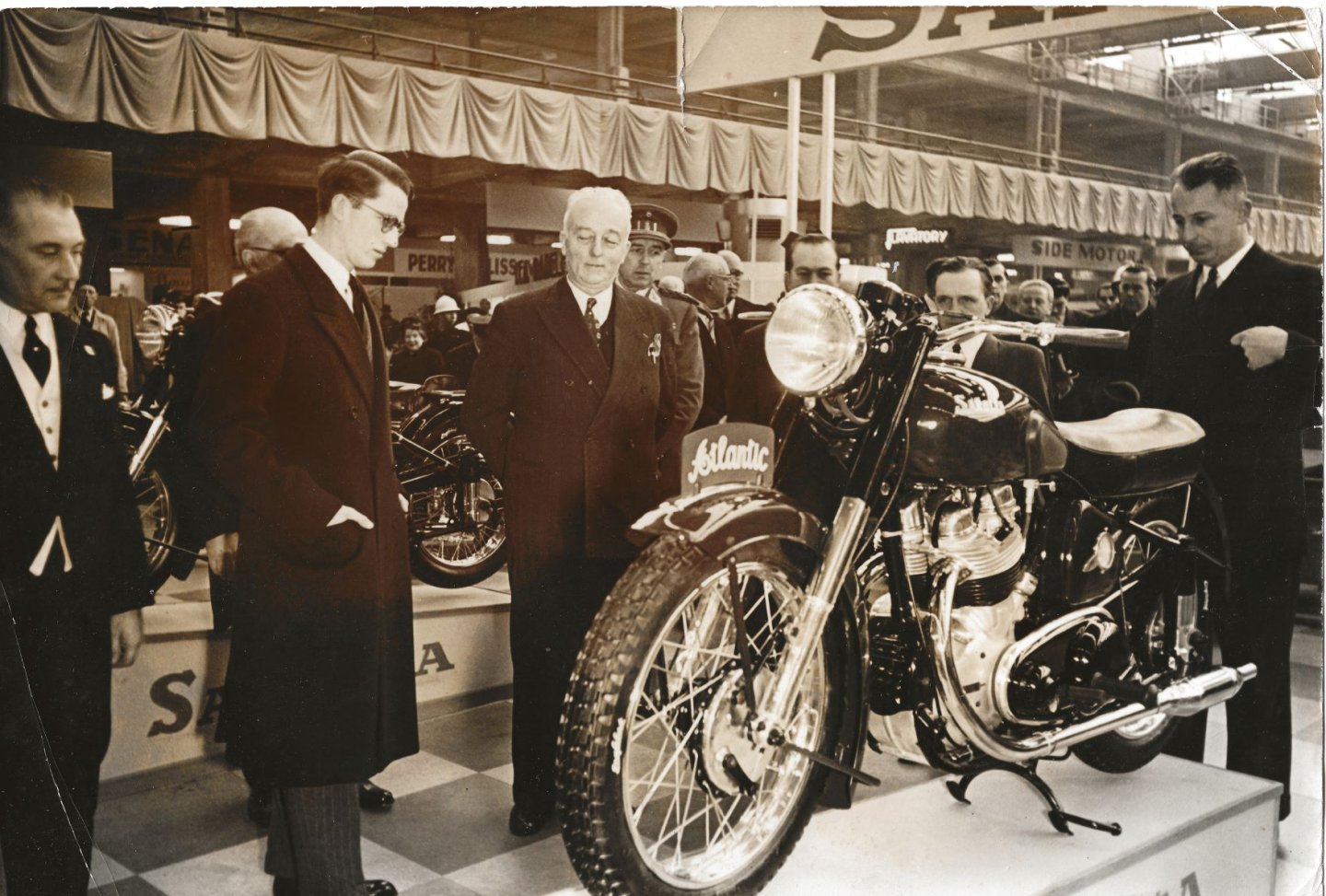Last year, the Gillet motorcycle exhibition had enchanted the visitors and surprised by its success whereas, in Belgium, there are quite a few other splendid motorcycle makes. One of those is Saroléa.
By way of near on 75 motorcycles, the entire history of the make is recounted. As icing on the cake, an international gathering of Saroléa motorcycles will take place on 11th September in front of the museum on the Esplanade du Cinquantenaire, coupled with a competition and a demonstration of new electric trial engines. Last but not least, a new book will also be released as part of this exhibition.
The motorcycles are to be admired on the museum’s ground floor.
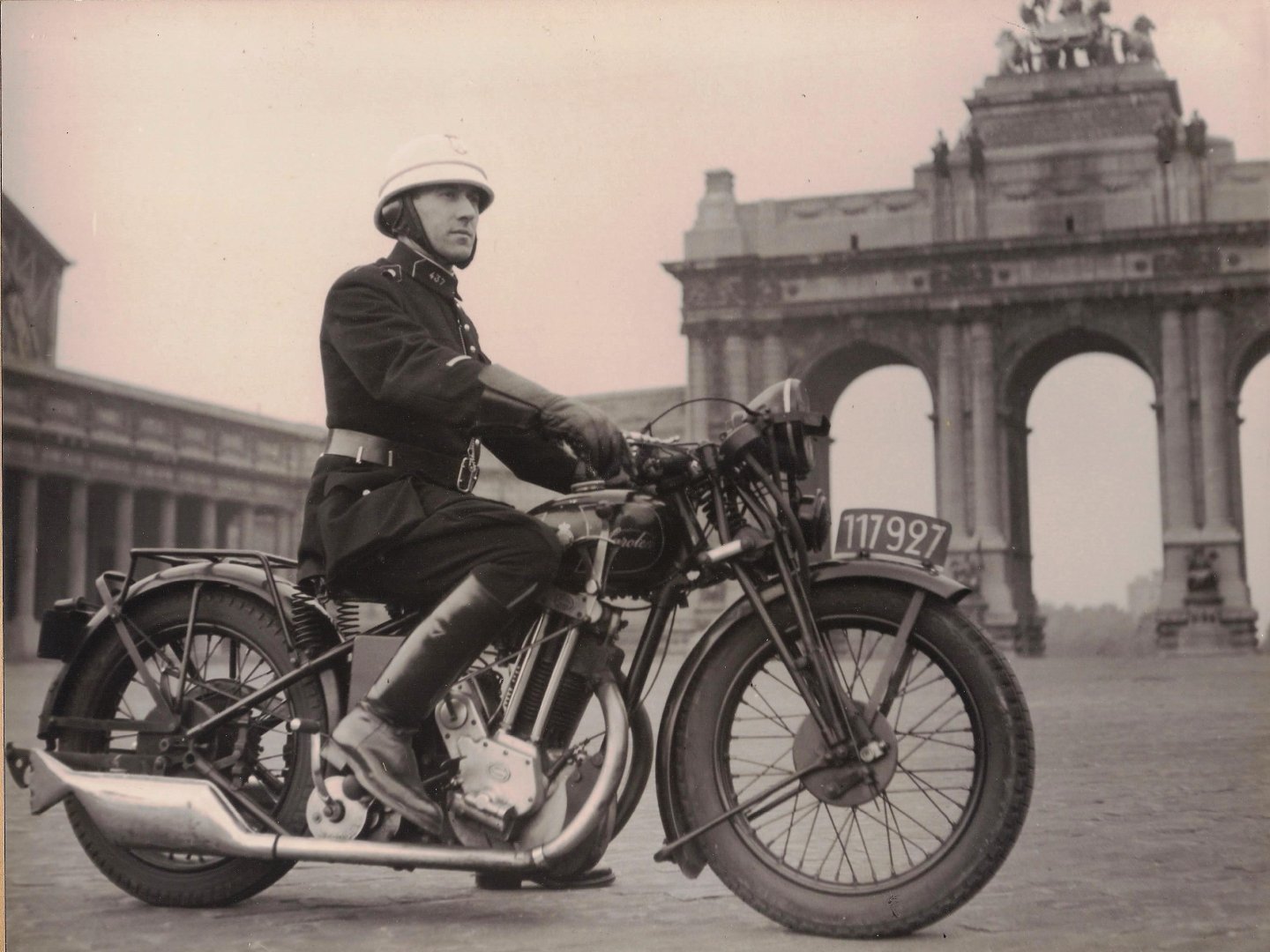
The history
Saroléa was located in Herstal (Liège) and very swiftly obtained a solid reputation worldwide thanks to its manufacturing properties, its superior techniques and its pronounced commercial integrity.
The company started out as a small arms factory, but then switched to the manufacture of Sarolea bicycles. In 1901 the first motorcycles appeared, literally, because these were bicycles fitted with a small one cylinder four-stroke engine mounted to the front of the frame. The sale of these motorcycles saw the light of day in 1902 when Saroléa brought their 240cc 1¾ HP model on to the market. The latter also had a distinctive frame that followed the crankcase’s shape.
The progress made in the technical field is staggering, and the Herstal based company enjoys an outstanding reputation for the quality of its products.
During the ‘20s the business is prosperous. Worldwide Saroléa has a good reputation with an ever-increasing number of distributors in Europe and beyond. Profits are good, and in 1928 1200 models of the 500 cc “side-valve” and 1050 of the 500 cc “over-head valve” units are sold.
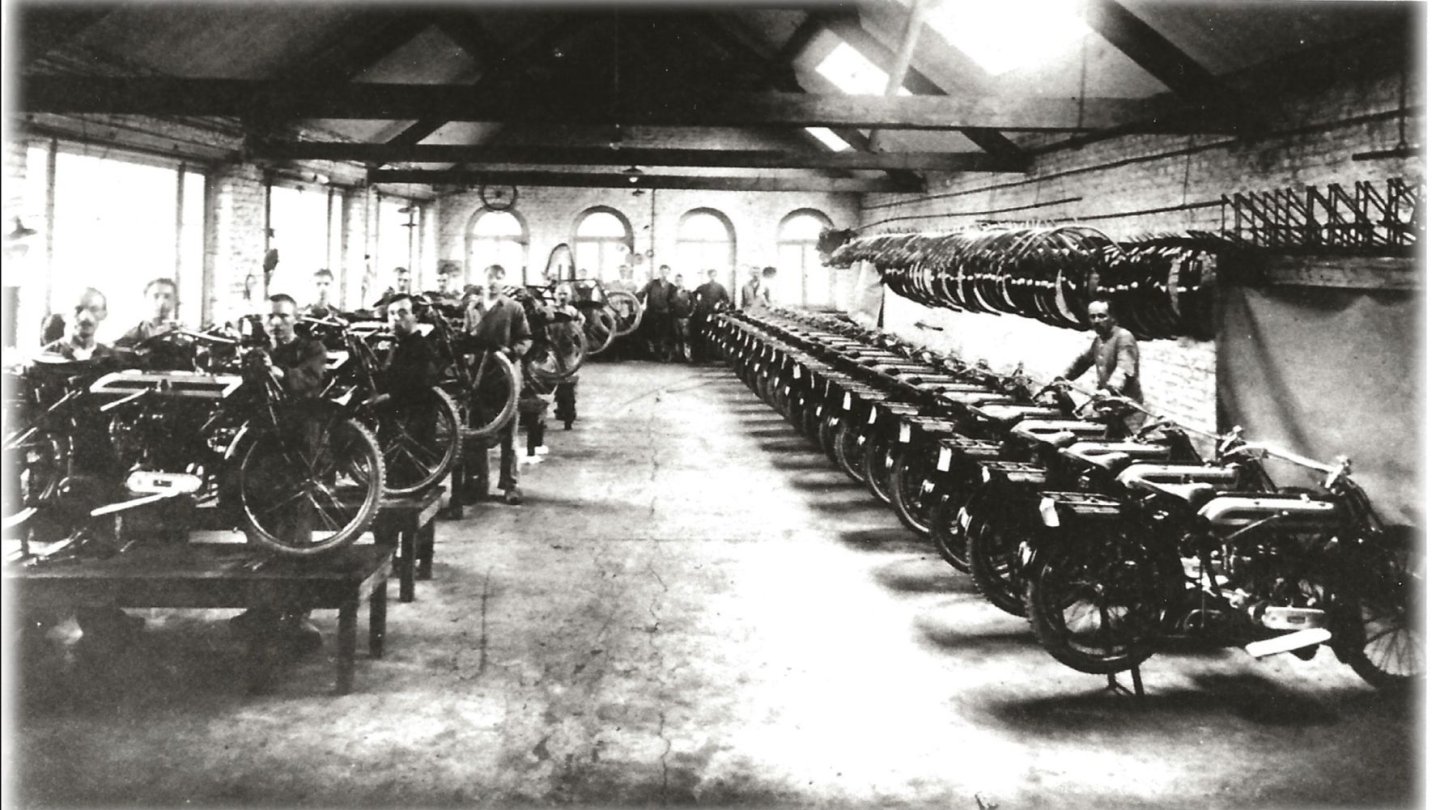
Virtually all production stages take place under the same roof, and that is a major asset for Sarolea.
It is under these favourable conditions that the models for 1930 are launched, but then an economic crisis breaks out putting an end to many ambitions. The subsequent years are difficult. Saroléa focusses on cheaper models and for the first time opts to start the production of two-stroke engines (150cc and 175cc), in the hope of broadening its client base.
As a result of the numerous sporting successes, the management decides to produce machines exclusively earmarked for speed racing and international competitions.
It is not until the end of the ‘30s that Sarolea ceases its racing developments, in order to dedicate itself to the urgent needs of the Belgian army.
Production at Herstal resumed as from January 1946.
At first these are the pre-war models, but are quickly improved with the fitting of a telescopic front fork and as from 1948 with rear suspension.
Efforts to resume the pre-war motocross competitions are now being officialised. In 1949 the factory was quick to introduce a ‘cross’ model, making use of the competition engine dating from 1935, mounted vertically in a shortened frame, with telescopic fork, crankcase and cylinder in magnesium and an aluminium cylinder head.
The production numbers stagnate, the new models (125cc two-stroke ‘Oiseau Bleu’ and 500cc twin-cylinder four-stroke ‘Atlantic’) do not come up to expectations. The army’s order for the 350cc and 400cc side-valve machines cannot turn the tide.
Motorcycles are no longer fashionable.
In 1954 the factory stopped all its sporting activities. The sale of the small 50cc models, that of the 125 cc ‘Rumi’ scooter, the special suspension on the 200cc two-stroke and the 600cc ‘Atlantic’ are unable to prevent the buildings in the Rue Saint Lambert from being sold in 1962, after Sarolea had been acquired by its rival Gillet…
